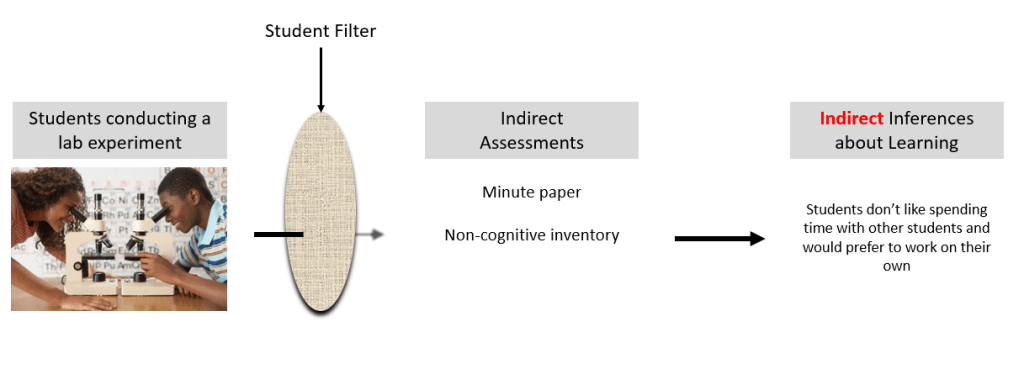ISU students who completed the general education survey value general education. However, students would likely not enroll in general education courses if they had the choice.
This seems contradictory. Why would students value general education, but avoid general education courses if they could?
Data from NSSE and other surveys demonstrate ISU provides highly collaborative, diverse and applied learning experiences with high emphasis on community engagement.
General education is anchored in, but broader than classroom experiences. Especially at ISU. General education can be emphasized in service learning, student-faculty research and project-based learning activities, to name a few.
The bottom line: Three easy things ISU can do now
- Emphasizing general education outcomes and their value in general education courses for all students could increase engagement and help students see the value. It may be obvious to us, but not to students.
- ISU first-year students report less engagement and learning impact in transferring knowledge to novel situations and combining ideas across courses. This could be a matter of simply making connections more explicit in general education courses.
- ISU seniors report less engagement and learning impact in using and analyzing data. ISU students report high engagement with practical learning experiences. Pairing data analysis with “non-quantitative” work and emphasizing quantitative reasoning in real-world applications – which ISU does really well – could increase engagement.
Explore indirect learning data about general education in more detail:
- NSSE survey data aligned with ISU general education outcomes: Seniors and First-year students, National Survey of Student Engagement (NSSE)
- ISU general education student survey
Learn More: Indirect Measures of Learning Describe Proxies for Learning
When students tell us what they have learned or we observe a proxy for learning, it is indirect learning. Examples include engagement surveys, interviews or reflections. Direct learning is observed by direct observation or through an artifact, like a test or essay.
Indirect assessment is important because it provides evidence of fidelity. Fidelity is the extent to which an activity, program, or course has been implemented. Fidelity provides information about the quantity of exposure to an activity, how well it was delivered, and how responsive students were to the activity.
One useful metaphor for making a distinction is a filter.* In the example below, students are observed conducting an experiment. It is assessed using a rubric during direct observation and an exam. This is an example of direct assessment.

In indirect assessment, student opinions about what they have learned is filtered through their perspectives. Here, students report what they thought about the activity.

This metaphor also applies to co-curricular learning.


*I am pretty sure I read or heard the metaphor of a filter from somewhere. I don’t recall. Please note this is if repeating or using this metaphor.

